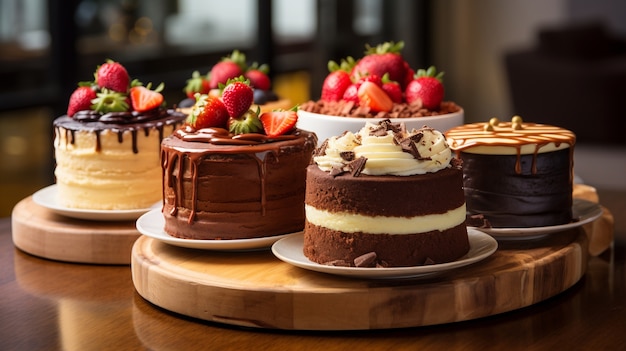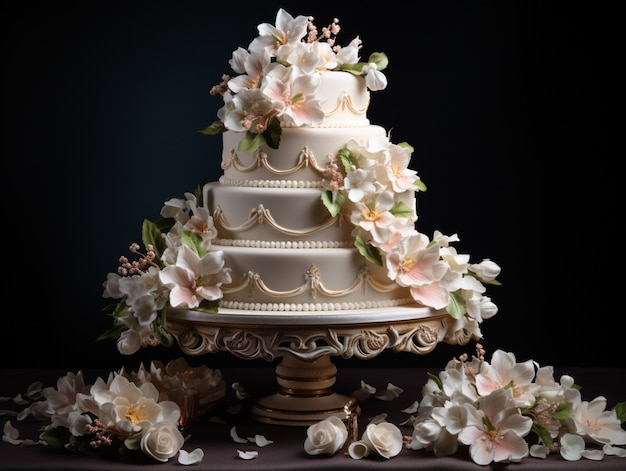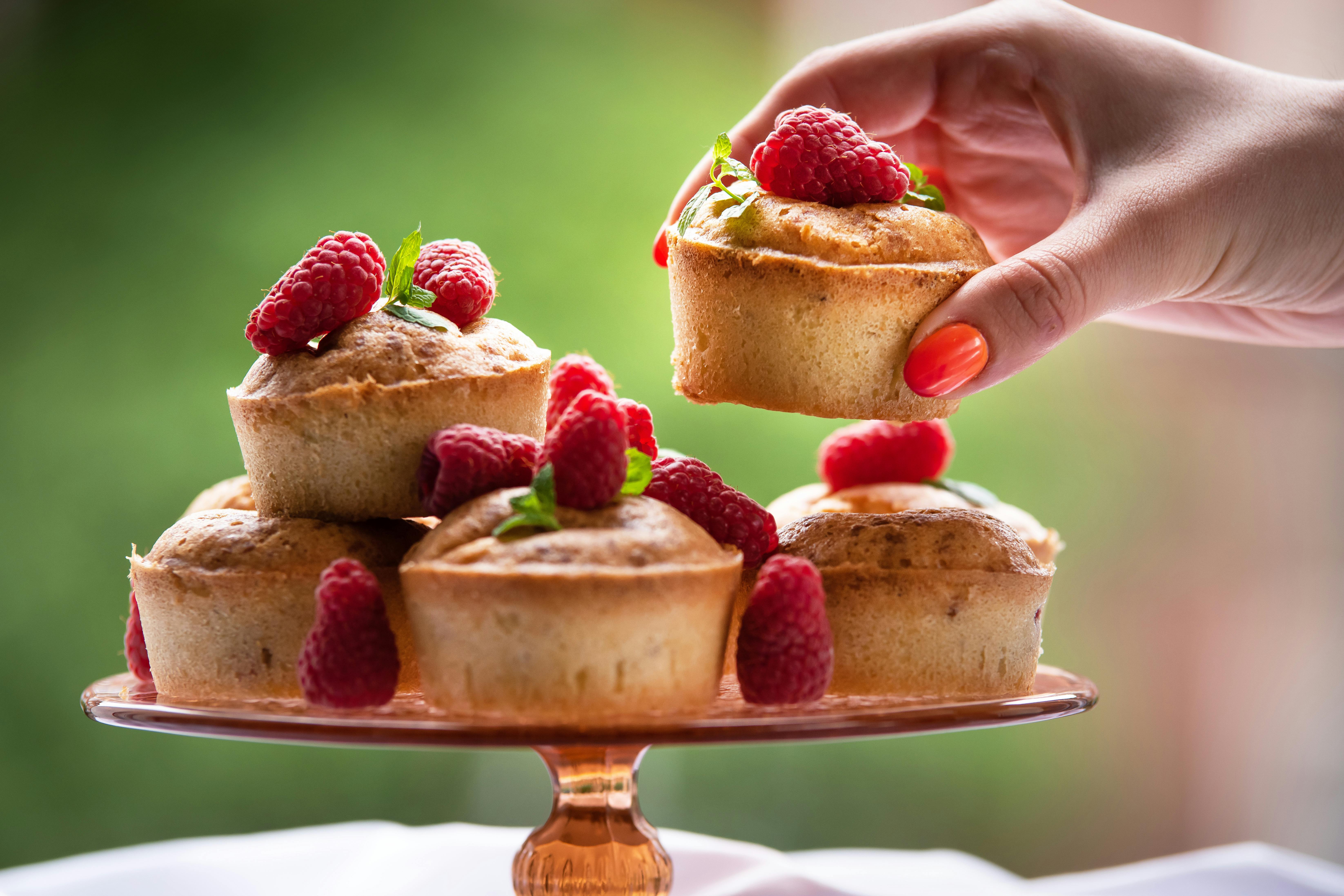When it comes to planning the perfect event, whether it’s a birthday celebration, wedding anniversary, or casual gathering, the cake is often the showstopper of the occasion. One of the most common challenges in event planning is ensuring the cake size is appropriate for your guest list. Too small a cake leaves guests without a slice, while too large a cake can result in wasted leftovers. Getting the right cake size can save you from either of these outcomes, ensuring your event is remembered for all the right reasons.
But how do you estimate the right cake size? It’s not always as simple as ordering based on the number of guests. There are a variety of factors that affect how much cake you’ll need, from the type of event to the time of day and guest demographics. In this guide, we’ll walk you through everything you need to know to master cake sizing, ensuring your cake order online is spot-on for your next celebration.
Standard Cake Sizes
The first step in mastering cake sizes is understanding the standard cake dimensions. Cakes generally come in a variety of shapes and sizes, and each one can serve a different number of guests.
- 6-inch cake: This smaller cake is ideal for intimate gatherings. It typically serves 8-10 people.
- 8-inch cake: This is one of the most common sizes, serving around 15-20 guests. It’s a great option for smaller birthday cakes.
- 10-inch cake: A 10-inch cake can usually serve 25-30 people, making it suitable for medium-sized gatherings like family get-togethers or casual parties.
- 12-inch cake: Serving approximately 40 guests, a 12-inch cake works well for slightly larger events, such as an anniversary or office party.
- Tiered cakes: For events like weddings or anniversaries, tiered cakes are a popular choice. A three-tier wedding cake, for example, can typically serve between 75-100 guests, depending on the size of each layer.

Source: Freepik
Factors Affecting Cake to Guest Ratio
Several factors influence how much cake you’ll need. The type of event, the time of day, and the guests themselves all play a role in determining the cake-to-guest ratio.
Event type: A wedding cake will usually be larger than a birthday cake since weddings often have more guests. Similarly, a wedding anniversary cake may serve more people than a casual gathering. Formal events like weddings usually warrant larger slices of cake, while casual events can often get away with smaller portions.
Time of day: If your event is during or after a meal, people may not eat as much cake. However, if cake is the main attraction or served instead of a meal, you’ll want to account for larger portions.
Guest demographics: Adults and children have different appetites. If your event is filled with kids, they might expect a larger piece of cake. On the other hand, an older crowd might eat more conservatively. Be sure to keep these differences in mind when planning your cake order.

Source: Freepik
Tips for Accurate Estimation
To make sure you’re ordering the right size cake, you’ll want to consider a few extra factors.
Consider other desserts: If your event includes other desserts like cupcakes, pastries, or ice cream, you can afford to order a smaller cake. Guests will have more options, so the demand for cake will naturally decrease. This is especially true at weddings where a wedding cake is often accompanied by a dessert table.
Account for unexpected guests: It’s always a good idea to plan for a few extra slices. You never know when a few extra guests may show up unexpectedly. Ordering a slightly larger cake than you think you need ensures you won’t run out.
Cake layers and design: Multi-layered cakes serve more people than single-layer cakes. Additionally, fondant-covered cakes tend to be sliced smaller than cream-based cakes, which can influence the amount each guest will eat.
Serving sizes: Serving sizes can vary depending on the cake’s role in the event. A formal event, like a wedding anniversary, might call for slightly larger slices than a casual birthday party. Knowing this can help you estimate better and avoid under-ordering.

Source: Pexels
Common Mistakes to Avoid
Despite your best efforts, some common mistakes can derail your cake sizing plans. Here’s what to avoid:
Overestimating or underestimating: One of the biggest mistakes people make is overestimating or underestimating how much cake they’ll need. Overestimating leads to wasted food and extra costs, while underestimating leaves your guests without enough cake. Striking the right balance based on the tips above can help you avoid this pitfall.
Ignoring cake shape and layers: Not all cakes are created equal. A square cake, for example, yields more servings than a round cake of the same size. Similarly, a multi-layer cake will provide more servings than a single-layer cake. Don’t ignore these factors when placing your cake order online.
Forgetting about leftovers: While you don’t want to run out of cake, having some leftovers isn’t necessarily a bad thing. Cakes freeze well, and some event hosts prefer having a little extra to enjoy later.
Mastering cake sizes is essential for ensuring your event is both memorable and stress-free. From understanding standard cake sizes to accounting for the unique factors of your event, there are plenty of ways to ensure you get the right slice for everyone on your guest list. By taking into consideration the type of event, guest demographics, and even cake design, you can avoid common mistakes like overestimating or underestimating.
The next time you plan an event, whether it’s for a wedding cake, birthday cake, or wedding anniversary cake, remember these tips for accurate cake sizing.






